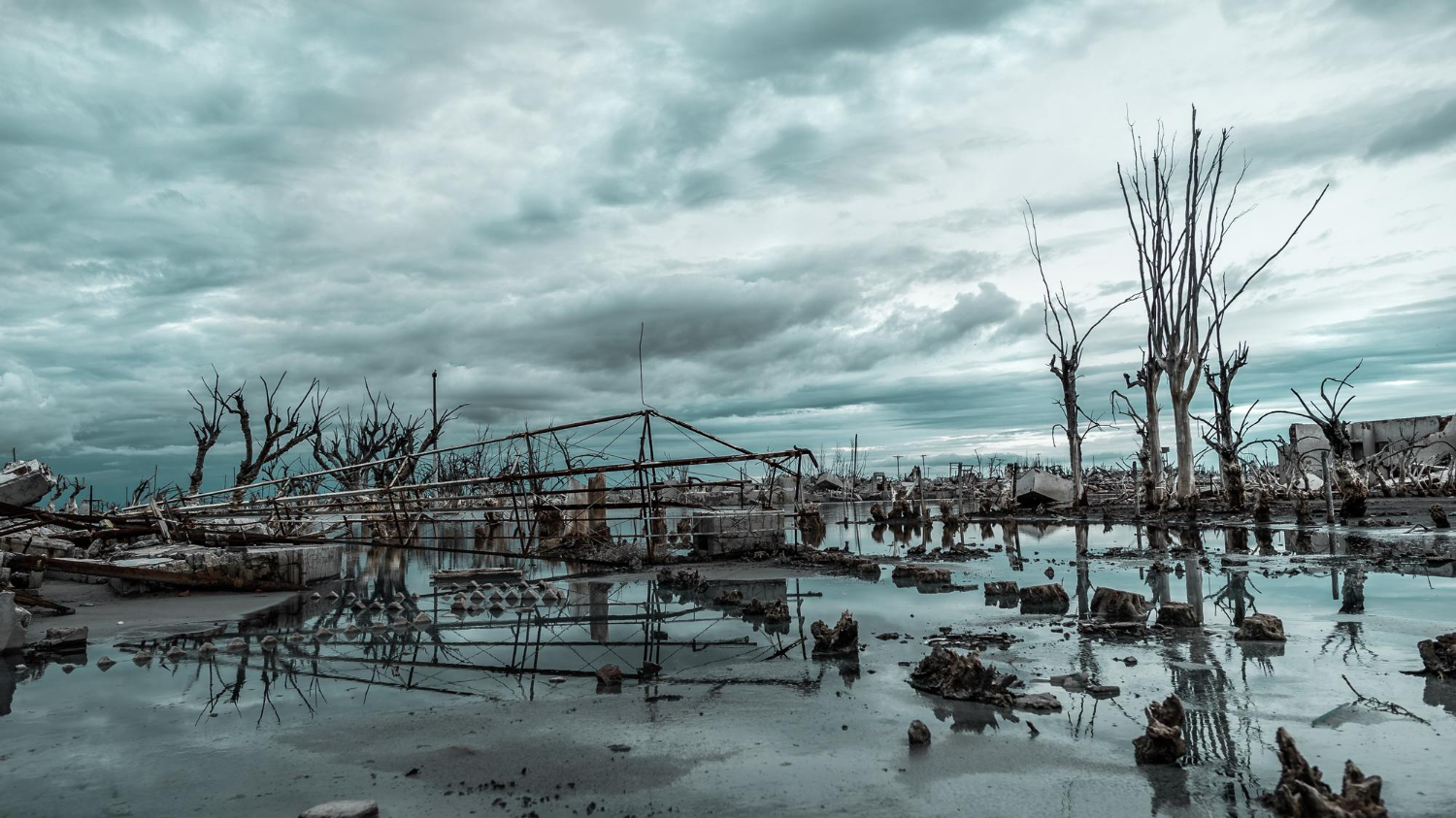Flooding is one of the most common and costly natural disasters in the United States—and yet it’s rarely covered by standard homeowners or renters insurance policies. To protect your home and belongings from flood damage, you need a separate flood insurance policy.
When it comes to buying that coverage, you have two main options: federal flood insurance through the National Flood Insurance Program (NFIP) or a private flood insurance policy through an independent insurer.
But what’s the difference between these two options? And which one is right for you? Let’s break it down.
What Is Federal Flood Insurance (NFIP)?
The National Flood Insurance Program (NFIP) is managed by the Federal Emergency Management Agency (FEMA). It was created in 1968 to help property owners in flood-prone areas access affordable flood coverage.
Key Features of NFIP:
-
Coverage limits: Up to $250,000 for the structure and $100,000 for contents
-
Availability: Only available in communities that participate in the NFIP
-
Eligibility: Anyone in a participating community can purchase it, regardless of risk level
-
Waiting period: 30 days before the policy takes effect (exceptions apply)
Pros:
-
Backed by the federal government
-
Widely accepted by mortgage lenders
-
Standardized policy terms and pricing
Cons:
-
Limited coverage amounts
-
No coverage for temporary living expenses or business interruption
-
Often slower claims processing after major disasters
What Is Private Flood Insurance?
Private flood insurance is offered by independent insurance companies, not the federal government. These policies are becoming more widely available and can offer broader, more customizable coverage.
Key Features of Private Insurance:
-
Coverage limits: Often higher than NFIP (some offer up to $1 million or more)
-
Optional add-ons: May include temporary housing, pool repair, or basement contents
-
Flexibility: Policies can be tailored to your specific needs
-
Waiting period: Typically shorter than the NFIP’s 30 days (as little as 10–15 days)
Pros:
-
Higher coverage limits
-
More comprehensive protection options
-
Competitive pricing in many areas
Cons:
-
Not available everywhere
-
May be harder to qualify if your property is high-risk
-
Can be dropped or non-renewed by the insurer (unlike NFIP)
Comparison Chart: Federal vs. Private Flood Insurance
It depends on your needs, risk level, and financial situation.
Choose NFIP if:
-
You live in a high-risk flood zone and need a policy required by your mortgage lender
-
You want government-backed coverage with guaranteed availability
-
You’re in a community that participates in the NFIP
Choose Private Insurance if:
-
You need higher coverage limits for your home or contents
-
You want broader protection, including living expenses or basement coverage
-
You’re looking for potentially lower premiums (especially in low-to-moderate risk areas)
Can You Have Both?
In some cases, yes. You can buy an NFIP policy and supplement it with excess flood insurance from a private provider to increase your coverage limits. This is often recommended for high-value homes where the NFIP’s $250,000 building limit may fall short.
Flood risk is real—and rising. Whether you choose federal or private flood insurance, the most important thing is to not go without coverage if you live in or near a flood-prone area.
Compare quotes, understand what each policy covers (and excludes), and work with an insurance professional to make sure your home is protected from one of nature’s most unpredictable forces.
